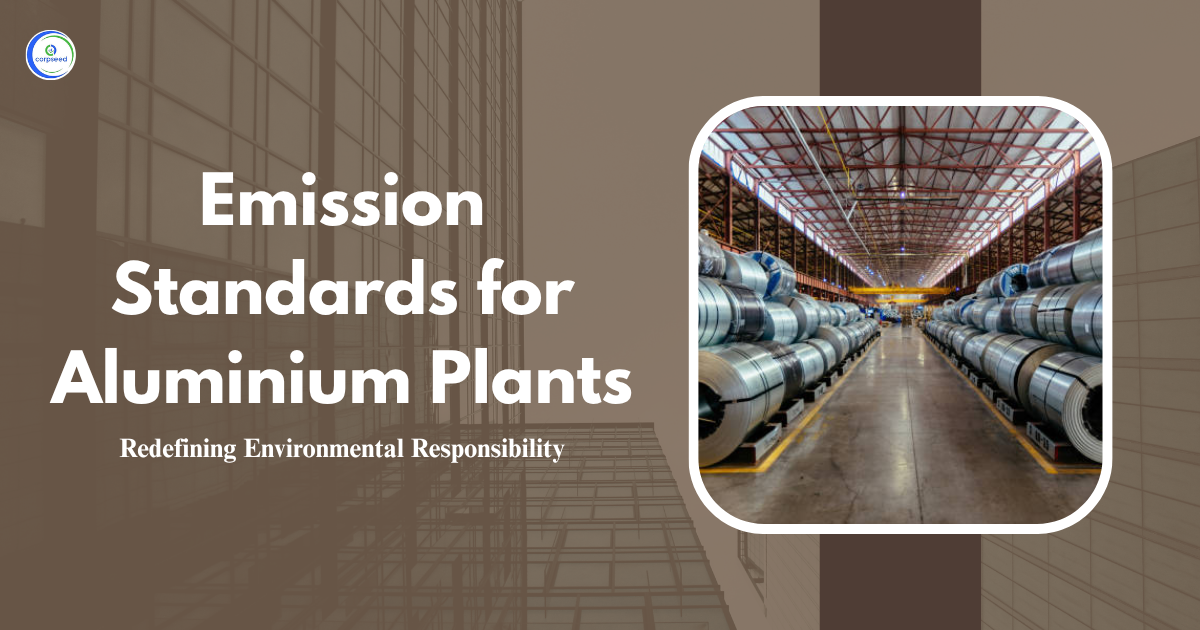Sulfur Dioxide (SO2) emissions from industrial furnaces, especially Cupola furnaces used in foundries, are a significant environmental concern due to their contribution to harmful air pollution. In India, strict regulations are enforced to control SO2 emissions, aiming to improve air quality and protect public health. Compliance with these standards is essential for industries to adhere to environmental laws, reduce their ecological impact, and promote cleaner, healthier communities.
Table of Contents
What is a Cupola Furnace?
A Cupola furnace is a vertical shaft furnace primarily used in metal foundries for melting cast iron and other metals. It works by burning coke to produce the necessary heat, which also generates sulfur dioxide (SO2) as a by-product. Over time, as the industrial use of Cupola furnaces has increased, the amount of SO2 released into the atmosphere has raised concerns regarding air pollution.
Sulfur Dioxide (SO2) Emission Limit
The maximum allowable limit for Sulfur Dioxide (SO2) emissions from a Cupola furnace is set at 300 mg/Nm3, with a correction factor of 12% CO2. This standard aims to limit the amount of SO2 released into the air, significantly reducing its negative impact on the environment and public health. Foundries are required to adhere to this limit to ensure cleaner air quality and meet government regulatory requirements.
By limiting SO2 emissions, these standards help prevent the formation of acid rain, smog, and other harmful air quality issues that can affect ecosystems and human health.
--------------Blog Contact Form-------------
Control Measures for Emission Compliance
Foundries are equipped with a variety of technologies and strategies to ensure they meet the required SO2 emission standards. Here are two key methods commonly employed:
- Scrubber Installation: One of the most effective methods for controlling SO2 emissions is by installing a scrubber system. Scrubbers remove sulfur dioxide from exhaust gases through a chemical process, significantly reducing the SO2 concentration in the stack emissions. A properly installed scrubber can help ensure compliance with the 300 mg/Nm3 limit.
- Stack Height Adjustment: If installing a scrubber is not technically feasible due to cost, space constraints, or other reasons, an alternative method is to increase the height of the exhaust stack. The stack should be positioned six times the diameter of the Cupola beyond the charging door. This increased height allows for the effective dispersion of SO2 into the atmosphere, diluting the pollutant and preventing high concentrations near the plant.
Note: The stack height is a critical fall back mechanism when scrubbers cannot be used. Proper stack design ensures the safe dispersal of pollutants, thereby minimizing their impact on local air quality.
Specifications for Emission-Related Parameters in Motor Gasoline
While Cupola furnaces are a significant source of industrial air pollution, the emissions from motor gasoline also contribute to overall air quality concerns. Specific parameters related to gasoline emissions are regulated to minimize environmental pollution. Below are some of the key specifications for motor gasoline:
| Sl. No. | Characteristic | Requirement | Method of Test |
| (i) | Reid Vapour Pressure at 38°C | 35 to 70 Kpa | IS: 39 |
| (ii) | Benzene (Volume, Max) | 5.0% | IS: 104 |
| (iii) | Lead Content (g/l, Max) | 0.15 (low leaded) | IS: 38 |
| (iv) | Sulphur (Percent by Mass) | 0.10% (unleaded) | IS: 34 |
| (v) | Potential Gum (g/m³, Max) | 50 | ASTM 873:8 |
| (vi) | Gum (Solvent Washed) (g/m3) | Max 40 | IS: 29 |
| (vii) | Oxygenates Content (Max) | 15% (MTBE, ETBE) | ASTM D 3231 |
| (viii) | Phosphorus | Phosphorous additives absent | IS: 3231 |
These parameters help regulate the amount of pollutants emitted during the combustion of gasoline. By controlling the content of benzene, lead, sulfur, and other compounds, industries can reduce the harmful impact of motor gasoline emissions on air quality.
Conclusion
Emission standards for SO2 from Cupola furnaces are crucial to ensuring industrial processes do not contribute excessively to air pollution. By implementing measures such as scrubber systems and adjusting stack heights, foundries can meet the required emission limits and minimize their environmental footprint. These efforts not only comply with regulatory requirements but also contribute to better air quality, improved public health, and the global push towards sustainability.
As industries continue to evolve, maintaining compliance with both SO2 emission standards and the specifications for other pollutants like motor gasoline will be vital to safeguarding the environment and public well-being.
This portion of the site is for informational purposes only. The content is not legal advice. The statements and opinions are the expression of author, not corpseed, and have not been evaluated by corpseed for accuracy, completeness, or changes in the law.
BOOK A FREE CONSULTATION
Get help from an experienced legal adviser. Schedule your consultation at a time that works for you and it's absolutely FREE.


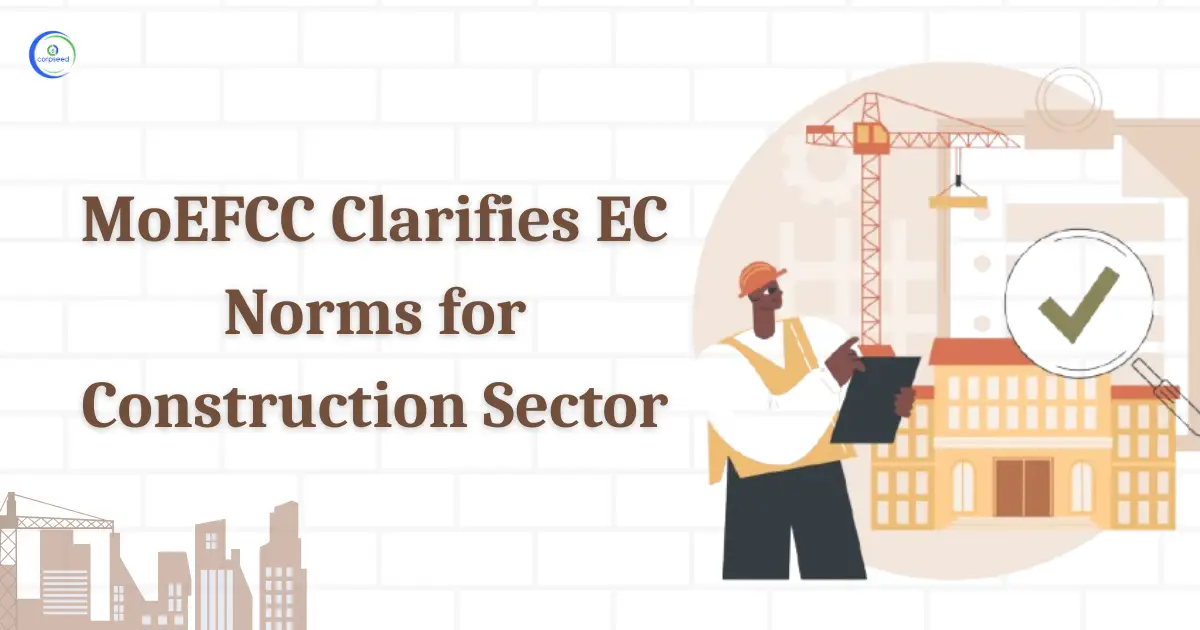

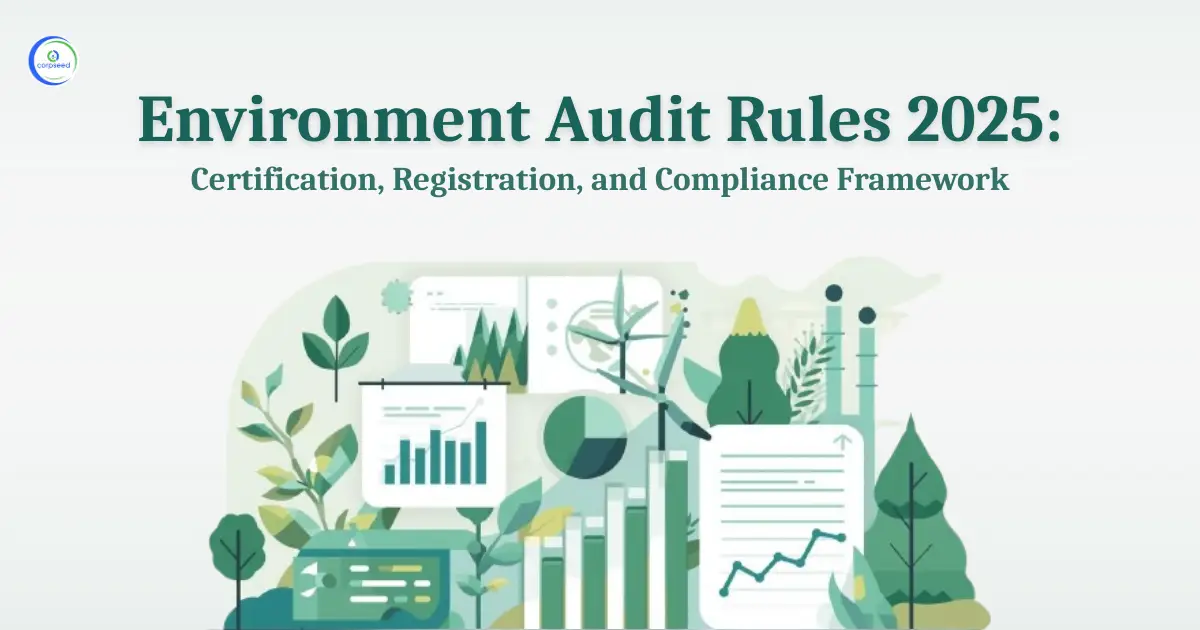
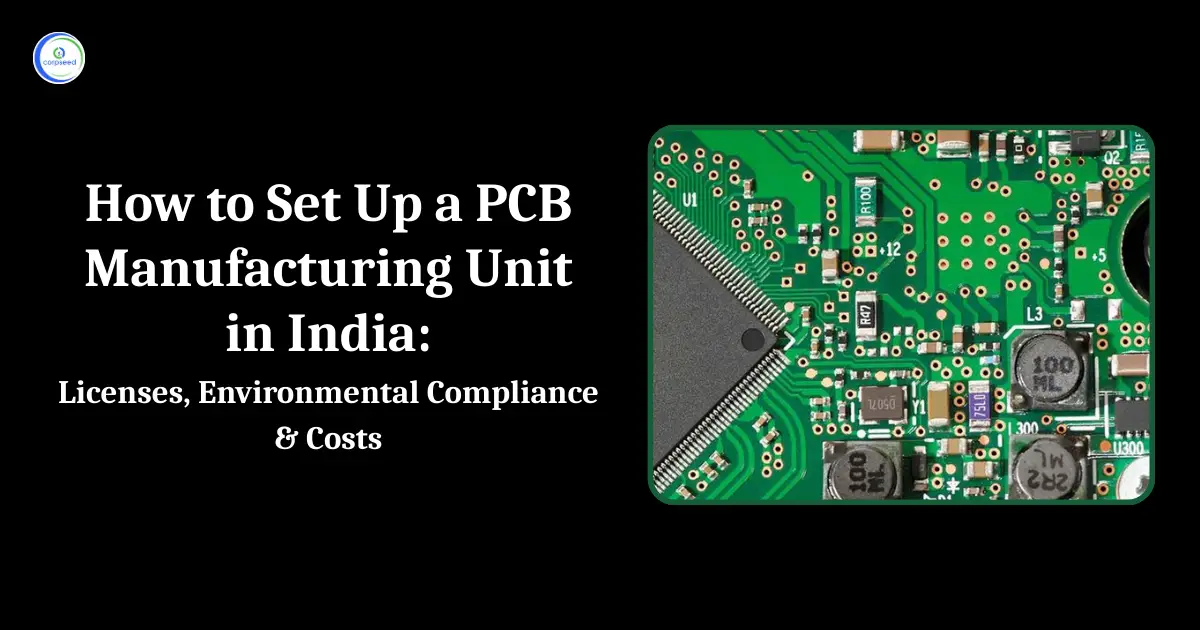
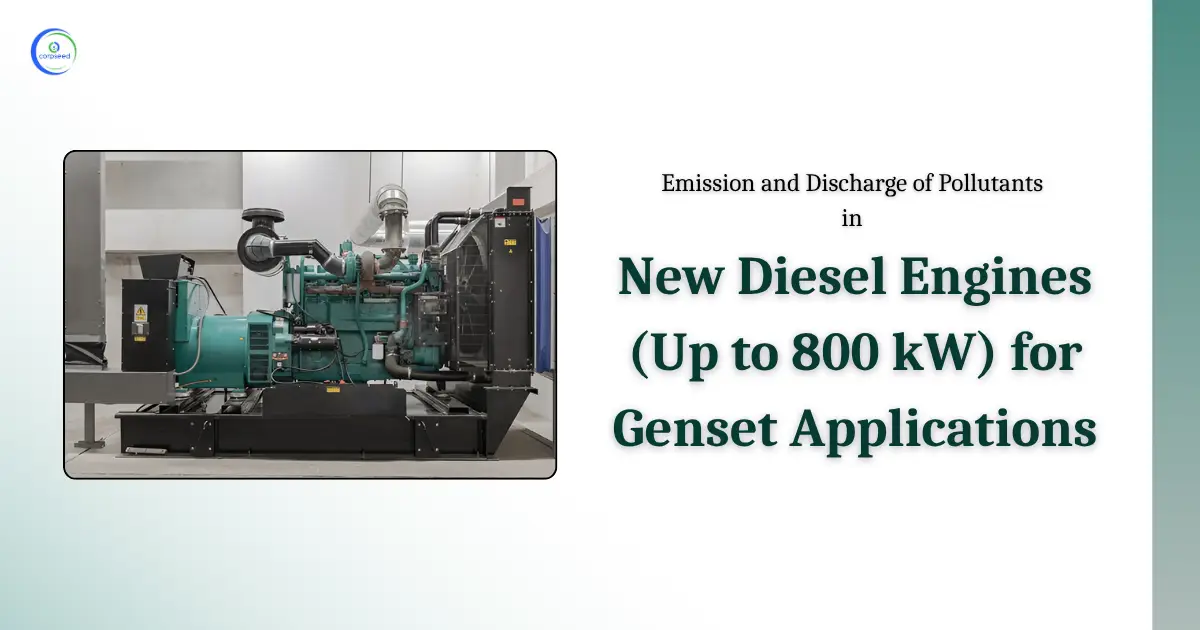
_Corpseed.webp)
.webp)
